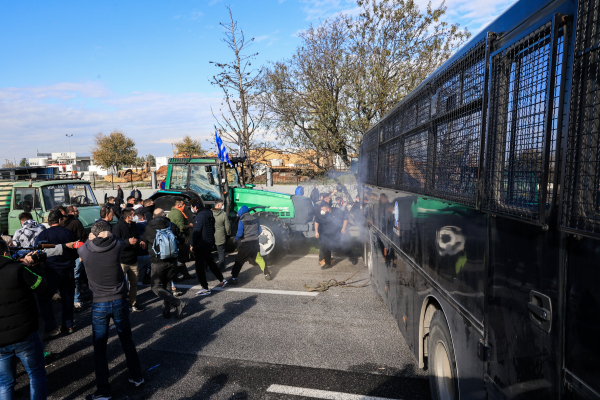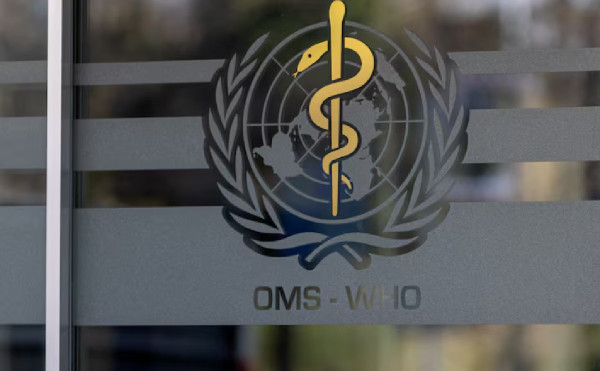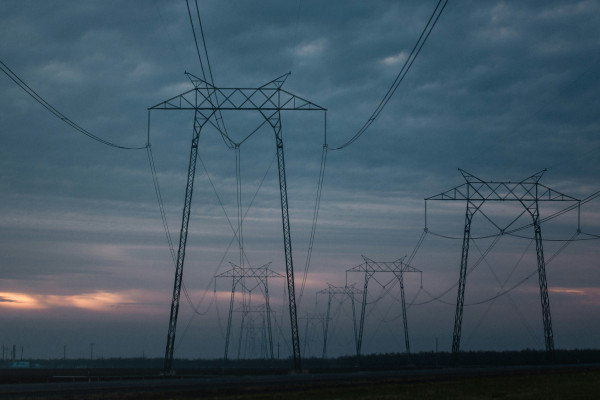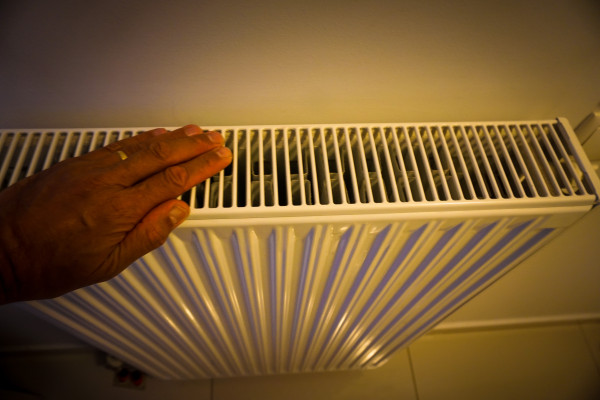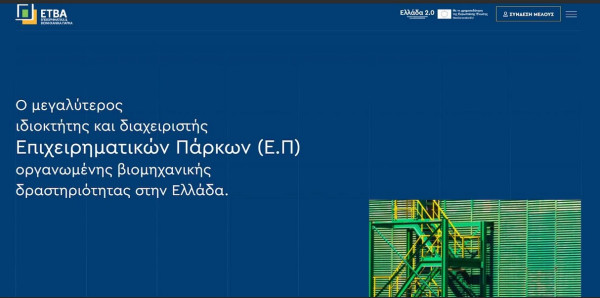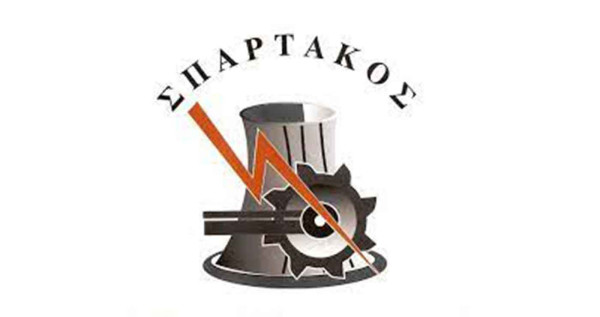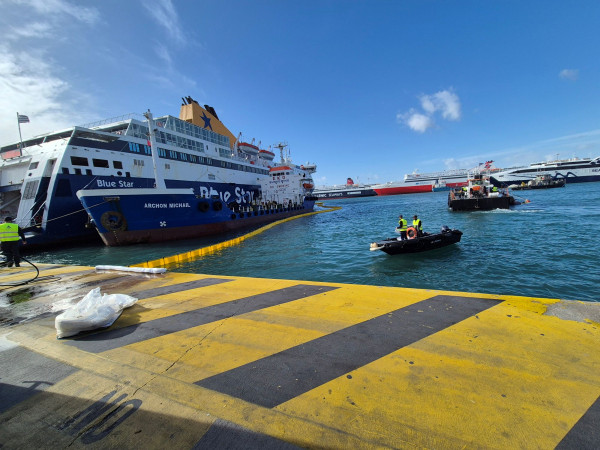While the legal process is nearing its end, the exact trigger of the fire remains uncertain.
The crash in February 2023, between a passenger train and a freight train, exposed serious safety failures in Greece’s railway system. Experts agree on the broader causes—poor infrastructure, missing safety systems, and human error—but the fireball that engulfed parts of the passenger train is still under debate.
One of the main technical reports was written by Professor Karonis from the National Technical University of Athens. In his 132-page report, he estimates that the fireball could match the explosion of 2.3 to 3.1 tons of hydrocarbons. But he also says that video evidence does not confirm this and that silicone oil, used in the train’s transformers, normally cannot cause such a fire. He adds, however, that an electrical arc combined with silicone oil droplets might have created the right conditions for the explosion.
Another report came from Konstantinos Paspalas, a technical expert and university researcher. He gave his findings voluntarily to the judge. Paspalas claims that silicone oil is the most likely fuel for the fireball. He explains that under specific conditions—such as heat, pressure, and droplet formation—silicone oil can form an explosive mist. Citing international standards, he argues that no other fuel has been proven present at the site, and that only further testing could rule out silicone oil.
Other experts disagree. Greece’s national agency for transport accident investigation, EOADASAM, recently submitted its official report. It suggests that an unknown fuel may have been involved, based on simulations and expert analysis. The agency also criticized the way the crash site was handled, noting that poor preservation of the scene led to the loss of important evidence.
Investigators also found traces of xylene at the train storage site. This chemical is highly flammable and is used in many industrial products. Some experts working with the victims’ families say this shows that dangerous cargo was on the freight train. But Paspalas argues the xylene may come from burned plastics or resins, not from stored fuel.
Attention has now shifted to the train’s transformers. These devices, which use silicone oil for cooling, could hold the key to the explosion. A judge recently ordered them to be opened for examination. Earlier, a professor of electrical engineering, Grigoris Papagiannis, testified that the energy from electrical arcs during the crash was not enough on its own to cause a fireball.







